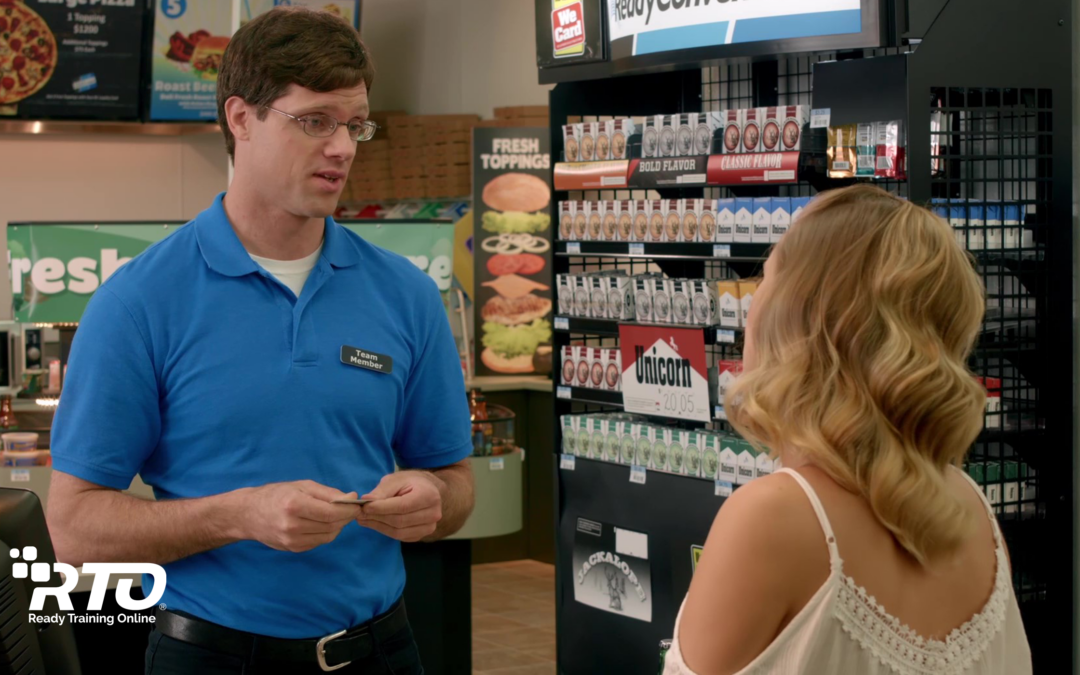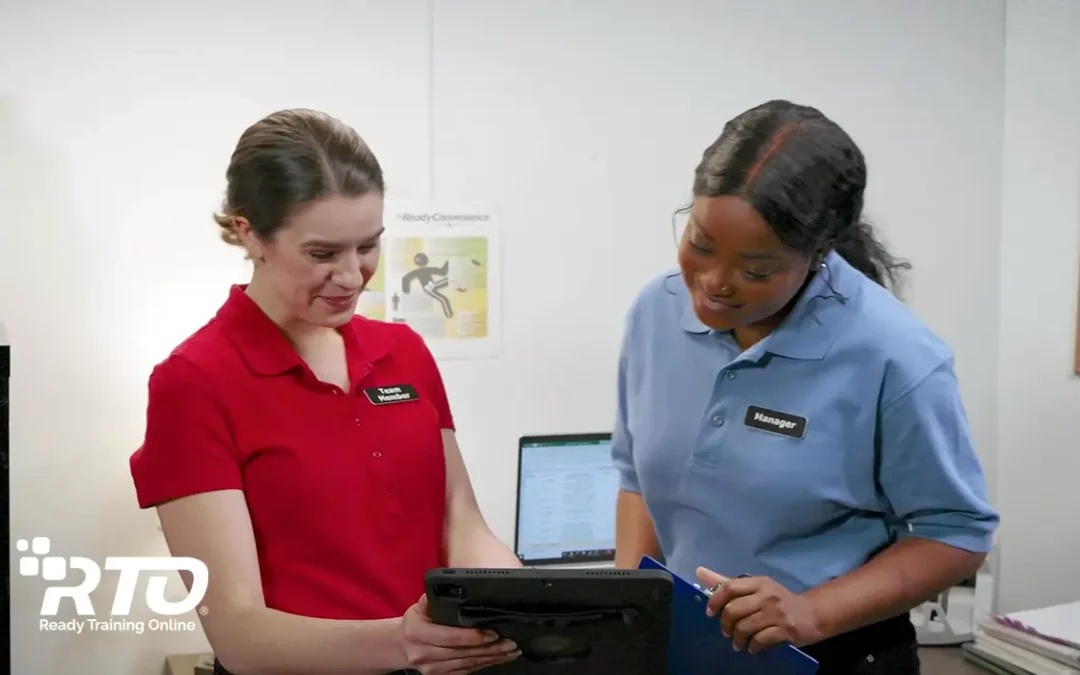There’s an old saying in the service industry: “Customers don’t care about what you know, they only care about what you do.” And really, it’s not what you do. It’s almost entirely what your employees do. Your c-store training objectives go a long way in determining how well your employees perform their tasks and take care of your customers. If your objectives are well-defined and you have effective follow-through, it will show in how your employees treat your customers and, in turn, how your customers feel about your operation.
Clearly Define Your Training Objectives
Training your employees is a rewarding responsibility. The key to your success as a c-store trainer is to clearly define your training objectives. Objectives answer this all-important question: “Why am I doing this?” Through observation and input from your staff, you should be able to answer this question for every aspect of every position. This is an important process, so take your time. Start with one position, define objectives, plan the training, and move on to the next position.
Identify Performance Gaps
Defining objectives identifies gaps between current performance and expected standards. As you define your c-store training objectives, be both specific and assertive in describing tasks and expectations. Vague, wishy-washy directives only confuse people.
- Don’t say: Employees will know product placements.
- Do say: Employees will be able to verbally describe the locations of products to inquiring customers.
- Don’t say: Employees will know proper cash handling procedures.
- Do say: Employees will pass an online training assessment to demonstrate competent cash handling skills.
Follow Through on Your Training
Training – no matter the topic – is never a set-it-and-forget-it endeavor. Even the best c-store training objectives won’t make an impact without proper follow up with your employees. After an initial training session, put a plan for long-term training success in place with on-the-job-training and mentoring. Give constructive feedback and praise employees as they improve.





